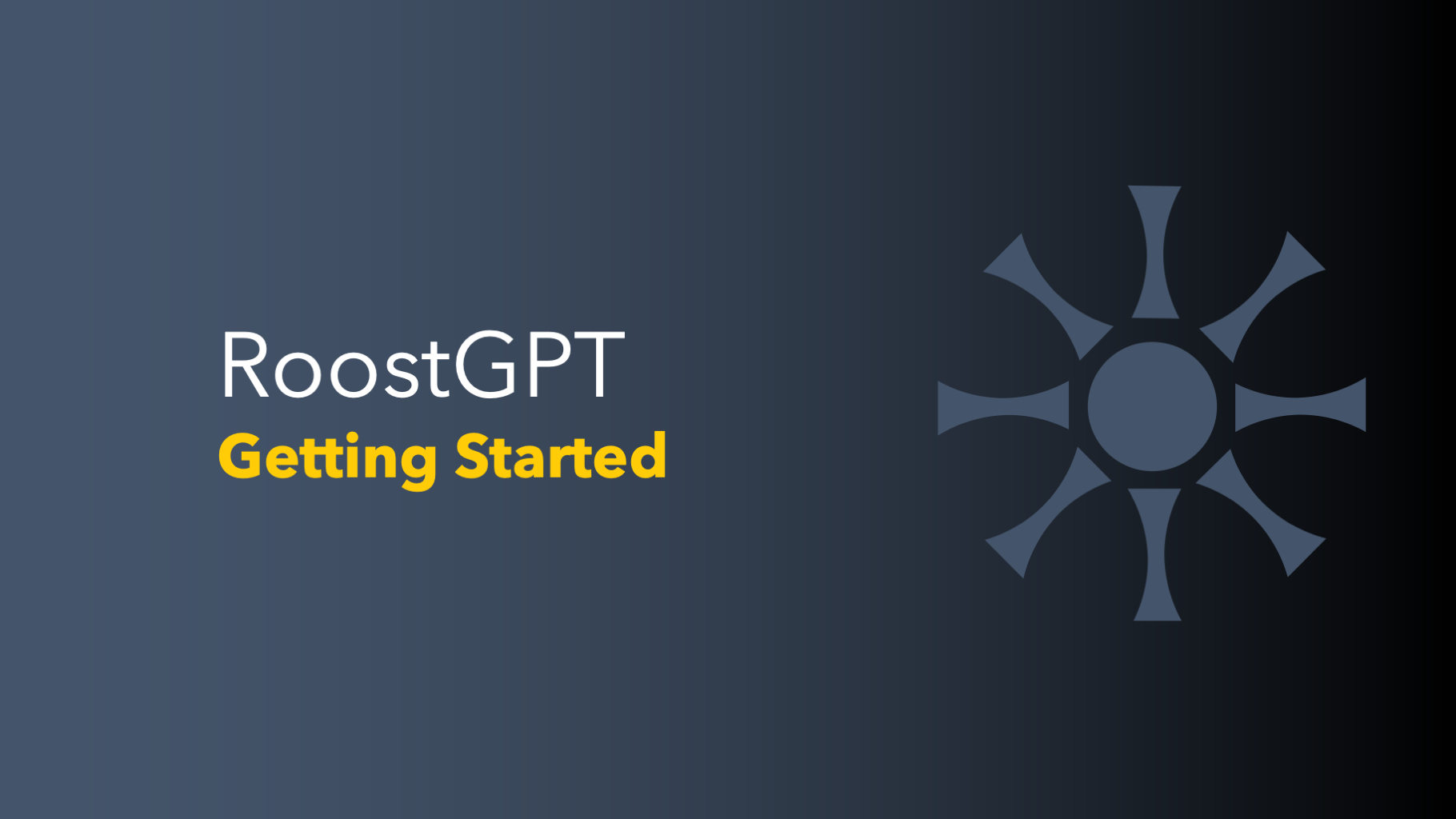<< Previous Edition: Event Horizon of SDLC
Every culture has its unique method of segmenting time based on the birth of a significant figure, such as Jesus (BC, AD/CE) or Vikramaditya (Vikram Samvat). Following this tradition, as my regular readers know, I have introduced ChatGPT as a landmark to split the era using familiar acronyms: BC for Before ChatGPT and CE for ChatGPT Era. The BC period classified Open-Source into three main categories: Open-API, Open-Core, and Open-Source.
With the dawn of the CE, the classification of Open-Source has evolved. In the first year of the CE, a new category emerged—Open-Weights—joining the pre-existing ones: Open-API, Open-Core, and Open-Source. As we continue to transition into the CE, the composition of these categories is under scrutiny. Given that only three categories can be maintained, at least one must be retired. I propose that Open-Source and Open-Core should be phased out, with the status of Open-API remaining pending as we move towards the standardization of APIs.
Digital Workflows: Means or End?
If we say that open-source has been renamed to open-weights in CE, it wouldn’t be too far from the truth. Open-weights is about to become an ecosystem in itself. Every project will be a generative AI project, and the first question at the start of each project will be how the team will acquire the necessary weights.
The first question at the start of each project will be how the team will acquire the necessary weights.
A natural question arises: What happens to traditional digital workflows in this new context? The answer isn't straightforward, but consider this: typically, we rely on digital platforms when we need specific information—be it account balances, recent transactions, or entertainment suggestions. The ability to access a wide range of answers visually is undeniably beneficial and aligns with our preferences for efficiency and breadth in information retrieval.
Remember, the advent of new technology often obliterates old methodologies, only to reinvent them with fundamental changes. The rise of open-weights might mean that our current understanding of digital workflows could become obsolete, as they are reshaped into something more aligned with the needs and demands of generative AI environments.
Conclusion
In this blog post, I have argued that in the ChatGPT Era, every project will adopt a "generative AI first" approach. Moreover, each of these projects will prioritize open weights from the outset. This shift will influence all types of projects, particularly digital workflows, which constitute the bulk of digital workloads today. We will scrutinize every digital workflow to determine whether users are primarily interested in the workflow process itself or if they are seeking specific answers. This reevaluation will redefine how we design and implement digital solutions, ensuring they are more aligned with user needs and integrated with advanced AI capabilities.



